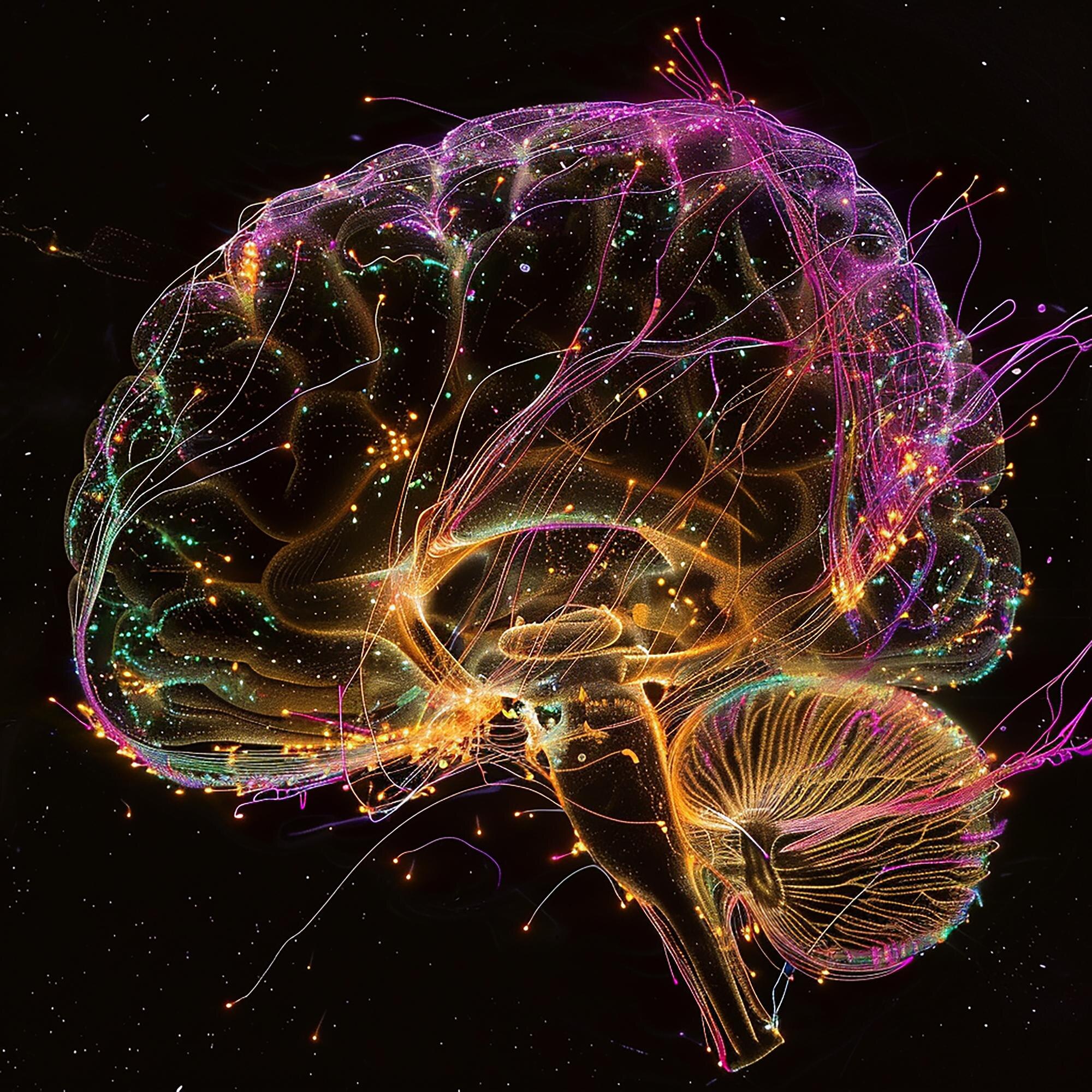
The Science Behind Compulsive Behaviors: Understanding Your Brain’s Survival Mechanism
Your compulsive behaviors are not your fault. They’re your brain’s way of trying to protect you, a survival mechanism rooted deep in your biology. But what if these patterns could be transformed? Imagine turning your brain’s survival instincts into empowered choices. In this journey, you’ll discover the real science behind these behaviors and how they can be reshaped into a path of emotional liberation and self-love. You’re not alone, and this doesn’t have to be your story forever.
Understanding Compulsive Behaviors

Compulsive behaviors often stem from deeply ingrained survival mechanisms within the brain. Understanding these behaviors can pave the way toward emotional liberation and self-love. This section explores the science behind these behaviors and offers insights into how they manifest in our daily lives.
Brain’s Survival Mechanism
The brain’s primary function is survival. Compulsive behaviors can be seen as the brain’s adaptive response to perceived threats. When triggered, these behaviors provide a temporary sense of safety or relief. While this might have been essential for early humans, today, it often leads to patterns that are hard to break.
Research from Stanford University highlights how ancient wiring in the human brain influences addiction. This wiring triggers compulsive actions as a survival response, making it challenging to distinguish between real and perceived threats.
Compulsive behaviors can be likened to a faulty alarm system. It continuously rings, even when no danger exists. This constant state of alertness can be overwhelming, leading individuals to seek relief through behaviors that reinforce the cycle.
Recognizing this mechanism is the first step towards change. By understanding that these actions are survival-based, individuals can begin to reframe their experiences, paving the way for healthier coping strategies.
Emotional Liberation and Self-Love
Emotional liberation and self-love are crucial in breaking free from compulsive cycles. They allow individuals to shift focus from self-punishment to self-care. This transformation begins by acknowledging the emotional pain that underlies compulsive behaviors.
A study on emotional responses and addiction published by the National Institutes of Health emphasizes the importance of self-awareness. By identifying and addressing the root causes of emotional distress, individuals can start to heal.
Emotional liberation involves releasing the emotional baggage that fuels compulsive actions. It’s about finding freedom in vulnerability and allowing oneself to experience emotions fully without judgment.
Self-love is not just an emotion but a sustained practice. It involves daily actions and thoughts that reinforce self-worth. By cultivating self-love, individuals create a supportive environment that diminishes the need for compulsive coping mechanisms.
With consistent practice and support, emotional liberation and self-love can transform the narrative from one of survival to one of thriving.
Transforming Survival Instincts

Transforming survival instincts into empowered choices requires a shift in perspective. This section will delve into non-clinical solutions and practical wisdom for change, allowing individuals to reclaim their power.
Non-Clinical Solutions
Non-clinical solutions offer individuals an alternative path to healing, free from labels and diagnoses. They focus on empowerment and self-discovery rather than pathology.
One such approach involves mindfulness practices. By staying present, individuals can observe their compulsive urges without acting on them. This practice cultivates awareness and helps break the automatic response cycle.
Journaling provides a safe space to explore emotions and patterns. By writing down thoughts and feelings, individuals can gain insight into their triggers and develop strategies to manage them.
Peer support groups create a community of understanding. Sharing experiences with others who face similar challenges fosters a sense of connection and reduces feelings of isolation.
These non-clinical solutions encourage individuals to take an active role in their healing journey, reinforcing their ability to make empowered choices.
Practical Wisdom for Change
Practical wisdom involves actionable strategies that individuals can implement daily. These steps provide a structured approach to overcoming compulsive behaviors.
Identify Triggers: Recognize the situations or emotions that lead to compulsive behaviors.
Create a Plan: Develop a strategy for when triggers arise, including alternative coping mechanisms.
Practice Self-Reflection: Regularly assess progress and adjust strategies as needed.
Seek Support: Engage with a mentor or support group for guidance and encouragement.
Celebrate Wins: Acknowledge and celebrate progress, no matter how small.
By incorporating these strategies, individuals can gradually shift from survival mode to a more empowered, choice-driven approach.
Empowerment Through Coaching

Coaching offers a personalized path to empowerment, helping individuals harness their potential. This section explores the Heal Your Life® methodology and the Emotional Freedom Program, highlighting their roles in fostering lasting change.
Heal Your Life® Methodology
The Heal Your Life® methodology focuses on deep emotional healing through self-awareness and self-compassion. It helps individuals release limiting beliefs and embrace a more empowered life.
Developed from the teachings of Louise Hay, this approach emphasizes the connection between mind and body. By addressing negative thought patterns, individuals can transform their external reality.
A key component of this methodology is affirmations. Repeating positive statements can rewire the brain and replace negative self-talk with empowering beliefs.
Workshops and one-on-one coaching sessions provide a supportive space for exploration and growth. Participants are encouraged to delve into their emotional history and uncover the roots of their compulsive behaviors.
With the Heal Your Life® methodology, individuals learn to replace fear-based reactions with love-based responses, fostering a deeper sense of peace and self-acceptance.
Emotional Freedom Program 🌟
The Emotional Freedom Program offers a structured path to reclaiming self-worth and emotional clarity. This program provides tools and techniques to help individuals liberate themselves from the cycle of compulsive behaviors.
Participants engage in a series of guided exercises designed to address the emotional pain that fuels addiction. By focusing on self-love and emotional liberation, they cultivate resilience and self-trust.
Key components of the program include:
Guided Meditation: Techniques to calm the mind and connect with inner peace.
Creative Expression: Activities like art and journaling to explore emotions safely.
Community Support: Access to a network of like-minded individuals for shared experiences and encouragement.
By completing the Emotional Freedom Program, participants gain the confidence and tools needed to navigate life with clarity and purpose. This program empowers individuals to transform survival instincts into lasting empowerment. 🌟
Explore more in this video about healing compulsive behaviors.



